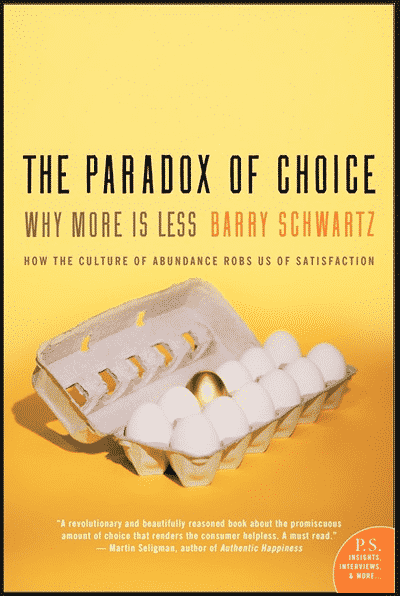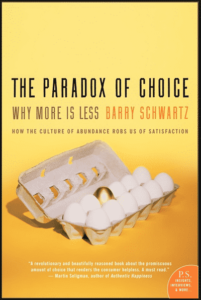Why is Growing Harder than Shrinking?

At several of our recent workshops, we have heard a groan coming from CEOs and particularly their executives, about how much harder it is to grow than it was to fire people and shrink expenses. But why is growing harder than shrinking? The times, they are a-changin’, again, and there seem to be some common themes, almost trends, that are worth sharing.
It didn’t matter if these decision-makers were in the residential real estate business and were seeing more people get their licenses than over the past four years put together, were growing their logistics business, or finding new markets for their events and trade shows. Even those in office furniture were seeing new opportunities emerging but in very different areas than before. Some CEOs were dealing with roll-ups and consolidations; others considering acquisitions. But the uncertainties of the past few years had taken their toll and the stresses of making the right choice was creating real pain.
 Growth is full of the paradox of choice that makes formulating a growth strategy particularly challenging. If you have not read Bernard Schwartz’s book by the same name—Paradox of Choice—you should put it on your summer reading list. Dr. Schwartz will help you better understand this paradox you are facing and maybe how to at least understand it, if not deal with it.
Growth is full of the paradox of choice that makes formulating a growth strategy particularly challenging. If you have not read Bernard Schwartz’s book by the same name—Paradox of Choice—you should put it on your summer reading list. Dr. Schwartz will help you better understand this paradox you are facing and maybe how to at least understand it, if not deal with it.
What I heard clearly from audiences was the pain came from having to make a choice (a strategic move) to grow the business, and having too many options in front of them. They know what they knew, but the times have changed, and applying what used to work may, or may not, be suitable for this new period of growth. Universally they were all happier when all they had to do was cut services or eliminate staff.
Some of the key paradoxes of choice confronting them included these three recurring issues:
- Who to hire? To grow I needed more people. But who should I hire? There were so many resumes and every time my HR hired someone they were the wrong fit. Should I focus on experience or youth? Those Gen Y Millenials were the future, but they were also very challenging to manage. The Gen Xer’s were less adventuresome, and the Boomers, well, they might have the experience you needed but were in the past. Those doing the hiring didn’t know how to onboard the new hires, weren’t really sure who they were hiring, and were going to push them into the old culture and work styles. In fact, they knew they should be bringing in the new blood and finding ways to encourage their ideas and test their different ways of getting things done. But the young had grown up digital and they thought about business problems in different ways. While that could add real power to a company it also created the tensions that came with change, difference and choice.
- The second was what to focus on? You could hear the problem: should they focus on what they knew and did before, such as sales promotions and old distribution channels; or was it better to refocus on what was coming, that might be unclear and made you uncomfortable. The paradox of choice was a real problem here because the old was not necessarily the even possible for the future. But the new required new skills, new ideas and new ways of doing things for new customers or old customers with new needs. Change, as we know, is just pain. So pushing yourself into areas that are unfamiliar is very challenging. But there are ways to overcome the pain. Remember even Tiger Woods had to change his swing and needed a great swing coach to help him. Why are you trying to do it all by yourself?
- Third, was risk. What if I made a mistake? Risk aversion is common. But in changing times, not trying things is as much risk as doing the wrong things. Was the company ready to create a testing mentality and reward risk-taking but manage it carefully? Maybe act like an entrepreneur or even a major corporation. It doesn’t matter—both must manage risk. According to social entrepreneur Dan Pallotta, “In order to innovate, you have to risk something. As in risk losing something. Usually money. Possibly reputation.” On the other hand, P&G created a culture in which risk was rewarded, new ideas were tested and managers who created a case for closing down a venture were praised and given a medal. Without rethinking risk/rewards people are unable to see what is before them and think in new ways. If this is stopping your company’s growth, and even your own personal growth, you should pause and think through how you are enabling risk taking and rewarding those who are willing to try new things, develop new ways of doing them and feel comfortable providing the data to sustain the new or redirect it in other directions—as long as it isn’t back to the past. In some ways you are once again seeing the world as if you are an entrepreneur.
I have several more blogs that I am working out on these three themes. Rather than push them into one I would like to use this one to start the discussion and follow up with more detail on each of the three areas outlined above.
Category: Business Growth & Strategy Leadership
Tags:

